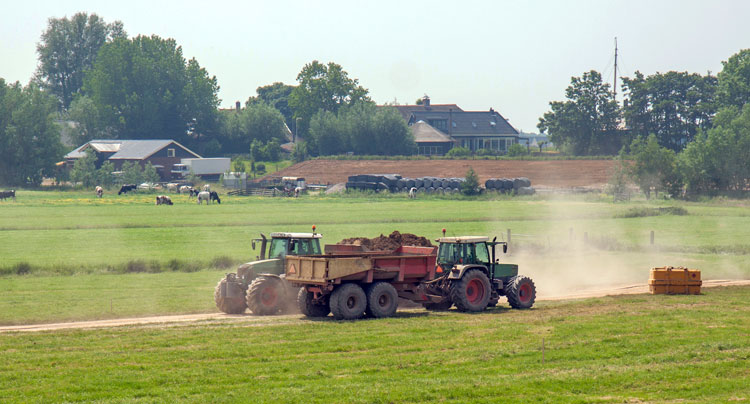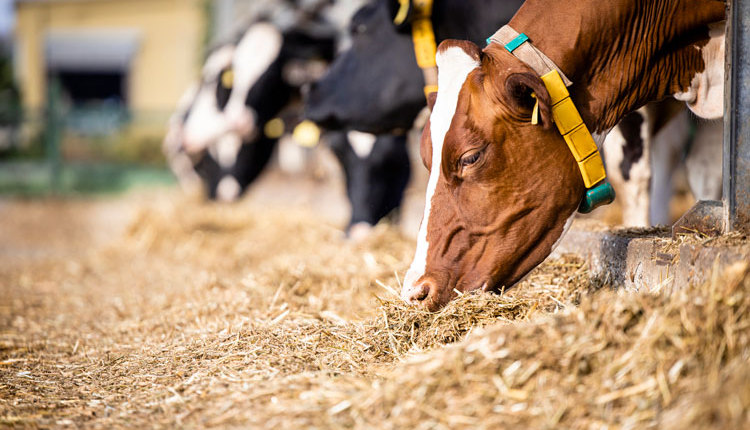The author is the president of Menke Consulting LLC, an agronomic and environmental consulting firm in Greenville, Ohio.

Has the time finally come? I have worked with all types of livestock and poultry projects over the past 46 years and have come to the following conclusion: Nutrient management determines success or failure.
I have dreamed and schemed about how to efficiently deal with manure, culminating in four patents to document my efforts. Others have taken this same path with variable success.
The fact is, there are already industrial processes that can treat manure to any degree desired. Unfortunately, they have been heretofore unaffordable for agriculture. However, agriculture facilities typically have access to something that most industries do not — land, and lots of it. Every farm raising animals is located in farm country where crops are grown, and many of these crops can be used to feed the farm’s animals.
We should never take for granted that these crops require huge amounts of nutrients and water — both of which are contained in manure. The problem has always been getting the right amount to right field at the right time in an efficient manner.
Joining as partners
What is driving current change for the innovators? There is one word: synergy. Envision three critical synergistic partners.
The first is the farm itself. I’ll use a 5,000-cow dairy as an example, which would produce 155 million pounds of milk annually. The second would be an anaerobic digester that could generate 52 million cubic feet of methane.
The third is a nutrient recovery facility. What does it produce? Reclaimed nutrients and water from manure digestate. Nutrients in forms that are directly competitive with chemical fertilizers and managed in a similar fashion.
Don’t forget the water
And what about the water produced? This is key: The water quality the nutrient manager specifies must be compatible with perpetual land application on minimal acres controlled by the farm. “Minimal” acres will be determined by climate. Here in the upper Midwest, I estimate 300 acres for our 5,000 cows. This provides area for a reasonable annual application rate.
Knowing that rate, I can now dictate nutrient maximums based upon crop removal. Dischargeable quality water is not necessary. Those last percentages to remove are the most expensive.
"What is driving current change for the innovators?
There is one word: synergy."
More acres would be great, but with the premium price farmland brings, it is not prudent to own (control) any more than necessary. Can 5,000 cows operate on only 300 acres? Yes. Of course, it takes about 5,000 acres to feed those cows, but the dairy can be extremely competitive in contracting with local farmers for forages over commodity grain production. Hopefully, they will choose to purchase reclaimed nutrients for fertilizer, but they must be competitive with commercial fertilizers. Regardless, the dairy now has the option to market concentrated nutrients outside the area and is not beholden to the local crop farmers for manure applications.
Focus on strengths
How will this partnership work? Each is run by experts in their respective areas. The dairy farm can focus on producing milk, not methane. Collectively, each partner shares in the three areas of income: milk, energy (which will include green energy credits, and so forth beyond the methane), and nutrients. This smooths out fluctuations of the individual markets and acknowledges that each benefits from the other and cannot efficiently exist independently.
This synergy would address public concerns about odors, land application and water quality, treating manure similar to human wastes, and addressing climate change while bringing more of a “green label” to modern animal-based products. Stay tuned for some of these projects that are in the planning stage.
The green energy component may bring significant income to the table. This assumes that the current path governments are on won’t dead-end, which is always a risk. Perhaps dreams can come true.









